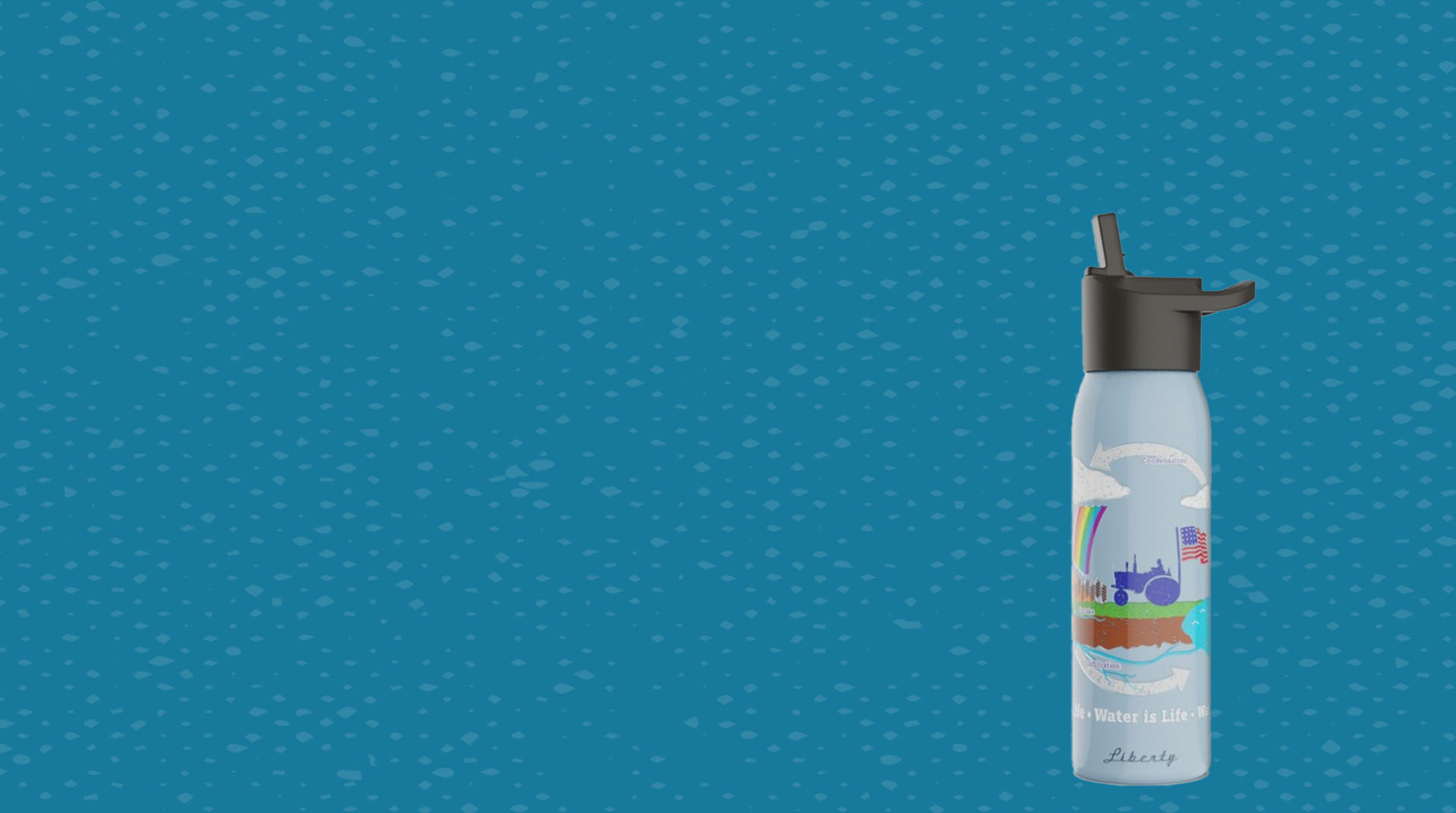Ever wonder whether there’s a factory farm in your neck of the woods? And if so, how many and what kind of animals are confined there? A new online tool can help you get a better sense of where, how many, and what sort of CAFOs actually exist in your area, even in your own county.
The online tool is an interactive national factory farm map, the first of its kind, made available by the good folks at Food & Water Watch, an environmental watchdog group. It’s a fascinating and useful tool that, though limited in some ways, nonetheless helps fill in the blanks in our consciousness that industrial livestock agriculture would prefer to fill with marketable visions of happy cows, green pastures, and humble farmsteads.
Say you’re from Iowa, like me, and you want to learn something about factory farms in your dear old state. What can the map tell you? Some grim news, indeed: Iowa leads (!) the nation in combined number of sites for cattle, hog, and dairy CAFOs, with 17% of the total! Ouch. California, where I was born, is second at 12%. Kansas, where I lived for 8 years, is in sixth place with 4% of the nation’s combined sites for cattle, hogs, and dairy.
OK, let’s find out more about Iowa. Click, click…more grim news appears! Iowa again “leads” the nation in number of hogs confined on factory farms, with over 13 million. Our friends down in North Carolina place second with nearly 10 million CAFO’d hogs.
Now let’s get more specific, looking at Iowa county by county. Let’s check on Story County, smack dab in the middle of the state: The map tells us that Story County, where I grew up and home of Iowa State University, has 23 CAFO sites for hogs alone. Hmm. I wonder if little kids still play in the Skunk River as I did when I was a kid in Ames. What’s in that water now?
The national factory farm map is a great tool, and well worth repeated use by any of us concerned with taking action against CAFO-related food and environmental degradation. It doesn’t and can’t tell us everything we want to know about CAFO locations, site numbers, and animal volume (check out the map’s “methodogy” link for more on how the statistics were compiled and how the USDA continues to withhold important information). But as a first-of-its-kind online CAFO mapping tool, it makes a great mass of statistical information visually and very quickly available to anyone with access to the internet.

